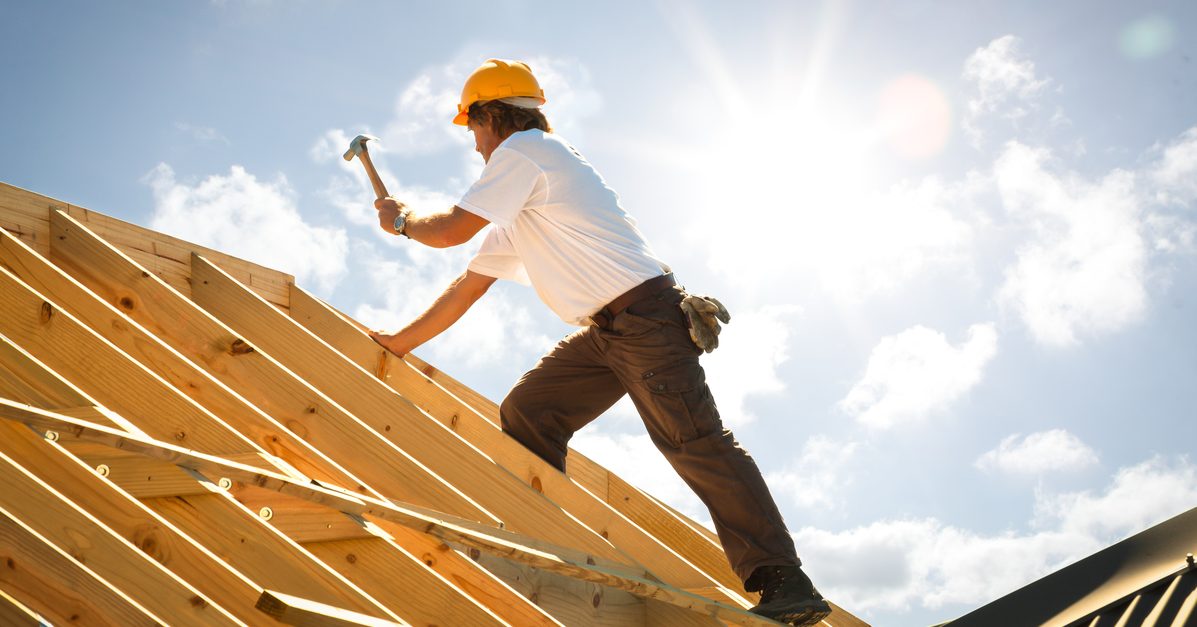Sun Protection Tips For Construction Workers
For many, the summer months mean vacations at the beach, lounging by the pool, and spending more time outside in the sun. For construction workers, summer means working long hours in the hot sun. All that time in the sun can lead to an increased risk of sunburn, sun poisoning, and skin cancer.
Skin cancer is the most common type of cancer in the U.S with approximately 1 million people being diagnosed with a form of skin cancer each year. The three main types of skin cancer, basal cell carcinoma, squamous cell carcinoma, and melanoma, are primarily caused by ultraviolet (UV) radiation from exposure to the sun.
Basal cell carcinoma and squamous cell carcinoma are the most common type of skin cancer and tend to remain localized. Melanoma is the least prevalent of the three, but it’s also the deadliest of the three. Melanoma is an aggressive form of skin cancer that can spread rapidly to other parts of the body and can be fatal if not treated early enough.
The two types of UV rays that penetrate the earth’s atmosphere are UVA and UVB. Both UVA and UVB rays can cause skin cancer, with UVB rays thought to be the primary cause of most skin cancers. UV rays are stronger during the spring and summer months. Construction workers need to take extra precautions to protect themselves when working outdoors to limit their exposure to the sun and UV radiation.
Sun Protective Clothing
The clothing a construction worker wears is an important part of protecting your skin from UV rays. Clothing is the best form of sun protection, but not all clothing offers the same level of protection from UV light. Several factors such as material, weave, and color affect the amount of UV radiation a material blocks. Long-sleeved shirts and pants made from closely-knit materials in darker colors offer the best UV protection.
There are also clothing options that are labeled with an ultraviolet protection factor (UPF) that offers great protection and are typically made of lightweight fabrics and treated with sun protection chemicals or special dyes to block out UV light. Select clothes with a UPF of 50 or higher for the best protection which only allows 1/50th of the sun’s UV radiation to reach your skin. By comparison, a thin white cotton T-shirt has a UPF of around 5.
Wearing a wide-brimmed hat is a great way to protect your face, ears, and neck from the sun. If you are wearing a hard hat most of the day, there are accessories available that can be fitted over or under the hard hat to provide a wide brim or neck protection from the sun.
Sunglasses or safety glasses that offer both UVB and UVA protection should be worn any time you are out in the sun. Be sure to choose a pair that fits comfortably and offers 99 – 100% UV protection.
Apply Lots of Sunscreen
Wearing sunscreen is an important part of protecting construction workers from UV rays. You want to select a broad-spectrum sunscreen that offers protection from both UVB and UVA radiation. The Sun Protection Factor (SPF) is also important to consider when selecting the right sunscreen to use. The SPF measures the amount of protection from UVB radiation.
Sunscreen with an SPF 30 protects against UVB rays 30 times longer than unprotected skin before starting to turn red. So, if your unprotected skin starts to turn red after 10 minutes, skin covered with sunscreen with an SPF 30 would protect your skin for 300 minutes. The SPF also determines how much UVB is blocked when worn. Sunscreen with SPF 15 blocks 93% of the UVB rays, while SPF 30 blocks 97%.
Construction workers should also consider choosing a sunscreen that is water-resistant. Water-resistant sunscreen is rated to last either 40 minutes or 80 minutes. Construction workers should use a broad-spectrum sunscreen with an SPF of 30 or higher that is water-resistant for 80 minutes.
Sunscreen should be applied to all parts of exposed skin at least 20 minutes before going outdoors. Remember to reapply at least every two hours. Reapply more frequently on days with a high UV index. Be sure to follow the manufacturer’s recommendations to ensure you are applying enough sunscreen to adequately protect your skin.
Stay in the Shade
Erecting temporary shading is a good way to protect construction workers from sun exposure. Limiting exposure to UV radiation during the strongest parts of the day, 10:00 am to 4:00 pm, isn’t always easy depending on the type of work being conducted. At the very least, employers should have a tent or other shady area made available for workers to use during breaks and meals.
Sun exposure is a jobsite hazard that often gets overlooked by employers or gets less attention due to the more fatal hazards present on a jobsite. Making sure construction workers are aware of the dangers of UV radiation and providing training on the various forms of sun protection they should be using can go a long way in preventing painful sunburns and the potential for skin cancer in protecting workers.
Stay hydrated and for tips on beating the summer heat be sure to check out Keeping Cool at the Construction Site.
